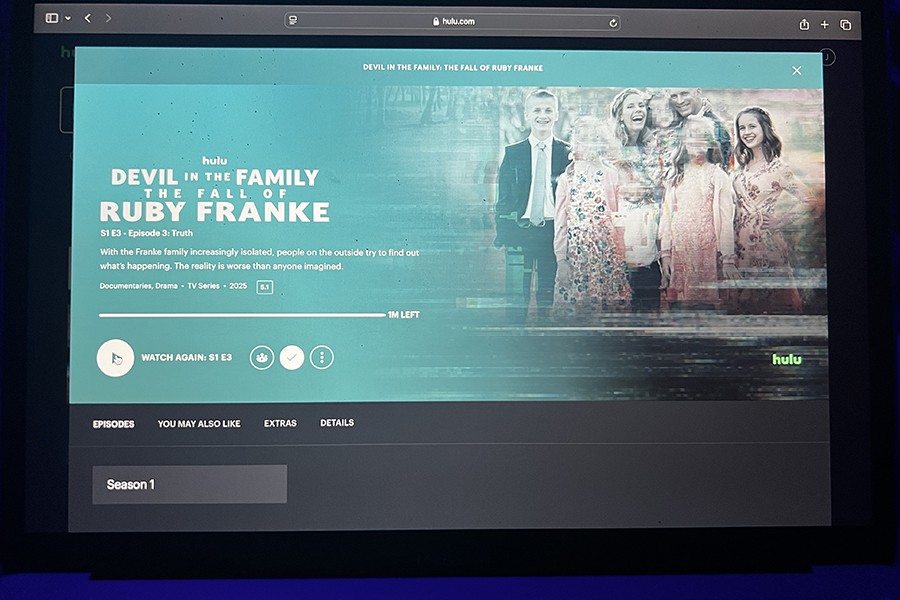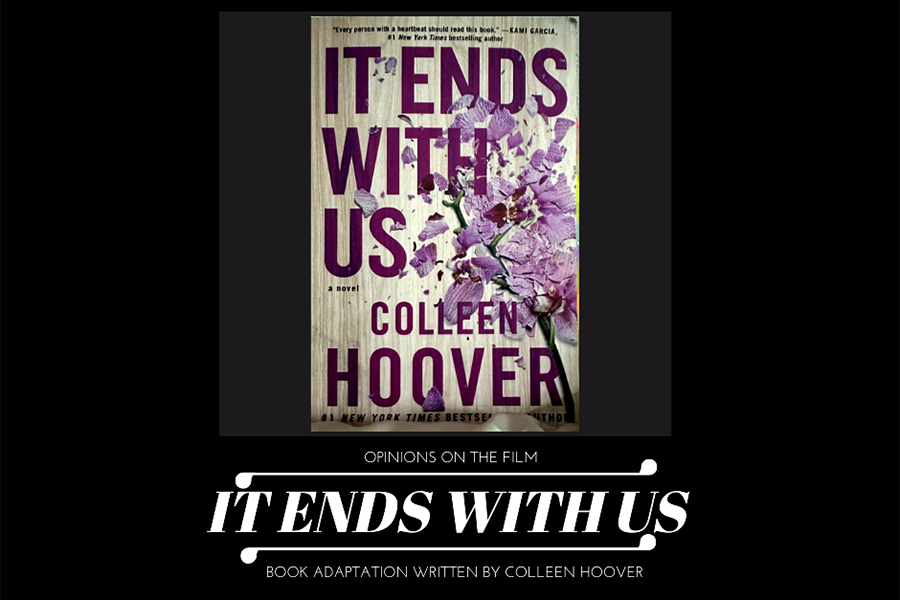Colleen Hoover’s best-selling novel “It Ends With Us” has been the center of much attention by readers worldwide since it was published in 2016, and the anticipated film adaptation recently made its debut in the film industry. A story of self-love, resilience and self-discovery transitions Hoover’s story from page to screen. With its narrative of a domestic abuse victim, the film is poised to be an emotional tour de France. As viewers trickle in, the opinions of the plot seem to skew from what was advertised.
“It Ends With Us” with an IMDb rating of 6.7/10, was not a popular hit among readers and movie-watchers when it came out in theaters on August 19th. Author Colleen Hoover, who has experience with domestic violence, has long reached the hits of New York Times Best Selling despite the controversy of her writing capabilities all over social media.
“The movie watered down the essence of the book,” senior Meg Allaka said. “I feel that because the book is labeled as young adult mature, and because the movie’s PG-13, the overall portrayal of the movie was toned down. I didn’t exactly love the movie, but it’s a good way to visualize characters if you’ve never read it before.”
Allaka, an avid reader and on the varsity swim team, was among the first to read “It Ends With Us” when it first gained popularity in the book world. Allaka created her own movie cast as each character was introduced and felt strongly about her choices. As she learned of the film adaptation at hand, she couldn’t wait to see what part of her imagination would come to life. As many readers were, Allaka was shocked by the change in the story and hesitantly decided to watch the movie. What started as a fear of casting decisions became a distaste towards the plot and execution of the movie.
“There’s been a lot of controversy behind the book, even before there was a movie,” senior Annabelle Koltak said. “I think this movie had a lot more attention and a lot more eyes [because of its following]. And then, when it turned out poorly, [there was] a bigger [response] because it was such a high-profile movie.” Koltak adds, “The romance to domestic violence ratio in that film was 80 to 20 where it should have really been 40 to 60.”
Koltak, a four-year theater student, shares that her view of the movie was biased as the media promoted the film in a way that took away from the importance of domestic violence awareness.
CPHS Librarian Keri Burns recalls reading “It Ends With Us” alongside the previous schools’ girl soccer team.
“I thought it was incredibly powerful that a book could have a group of previous non-readers captivated, entrenched and talking about it all the time,” Burns said. “[However], not a single person gave me any context for the book, or as we now call them, trigger warnings.”
The lack of awareness of the book’s sensitive subject has caused commotion among those reading the book or watching the movie. The topic of domestic violence is what the book is about, yet as the romanticizing of the characters and personal marketing tactics increase, many students agree that the topic and the awareness it is trying to promote take a backseat.
Commotions have previously been present in regards to Colleen Hoover as a writer, but as her book was made into a movie, it was lead actress Blake Lively who carried on this commotion. From focusing on her own brands, joking about the character’s hardships and rarely speaking on the issue of domestic violence, many viewers agree that Blake Lively took selfish advantage of the spotlight from the movie.
“[The director and Hoover] attempted to raise awareness,” Allaka said. “Do I think they actually did a good job with that? No, absolutely not. I think Blake Lively made a mockery of herself, the way she brushed off domestic violence in certain interviews and barely talked about it. The only person that I think talked about domestic violence was the director of the film.”
Movies made out of books often do not satisfy fan expectations successfully. The book-to-film adaptations today tend to pull away from the message of the books and prioritize publicity ploys.
“Cross branding and marketing is super common nowadays,” Burns said. “A lot of people, if they are influential, have their hands in a lot of different pies. I feel like a lot of celebrities who are in border portfolios and involved in different companies tend to do this.”
While “It Ends With Us” was not the first film to stray away from the message filmmakers were trying to raise awareness for, it had more attention than most because of its casting and book. However, successful page-to-screen transitions have been made before, such as “Atonement,” “Little Women” and “Pride and Prejudice,” according to Allaka and Koltak.
It was a mutual consensus that the film let many down due to its lack of connection to the topic at hand.
“I think The movie ‘It Ends With Us’ fails to capture the depth and complexity of domestic violence,” Allaka said. “Justice isn’t served to the sensitive topics talked about in the book.”



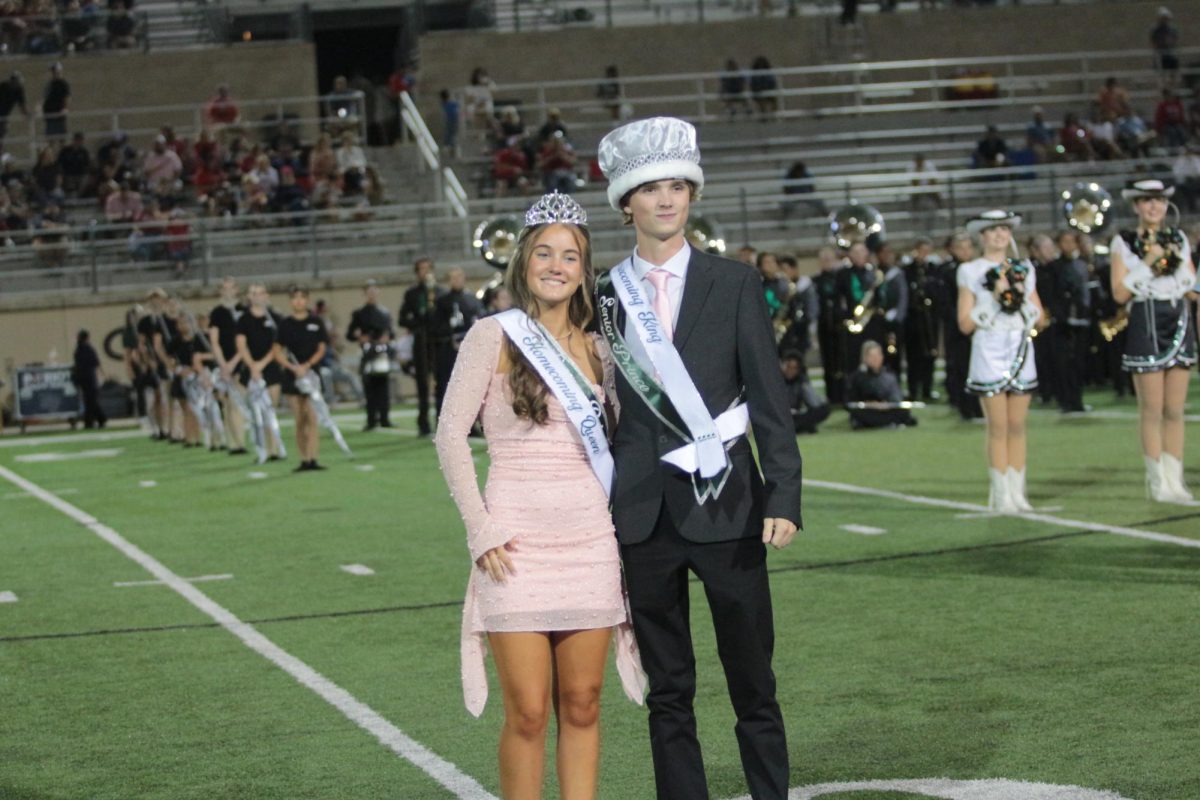

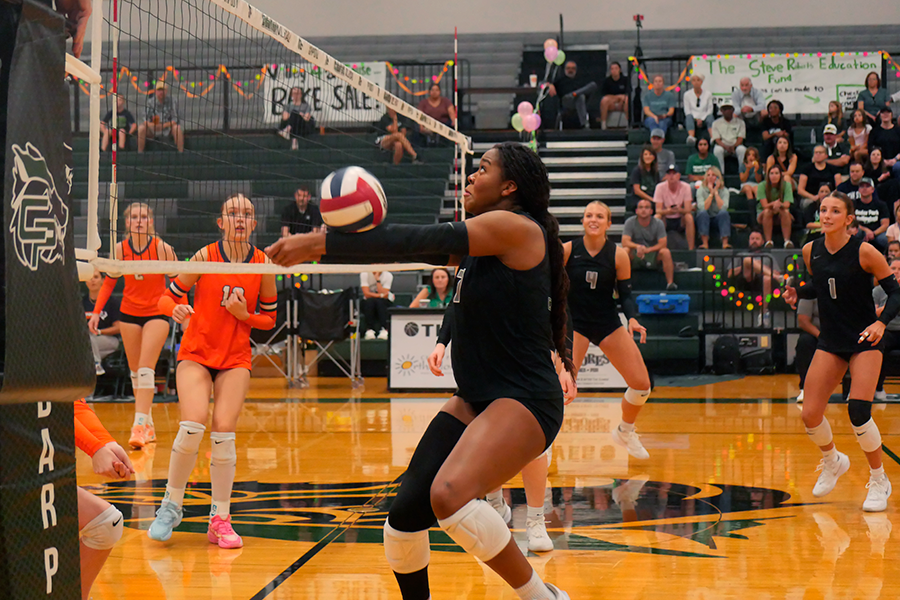
![As her hair blows in the wind, senior Brianna Grandow runs the varsity girls 5K at the cross country district meet last Thursday. Grandow finished fourth in the event and led the varsity girls to regionals with a third place placement as a team. “I’m very excited [to go to regionals],” Grandow said. “I’m excited to race in Corpus Christi, and we get to go to the beach, so that’s really awesome.” Photo by Addison Bruce](https://cphswolfpack.com/wp-content/uploads/2025/10/brianna.jpg)

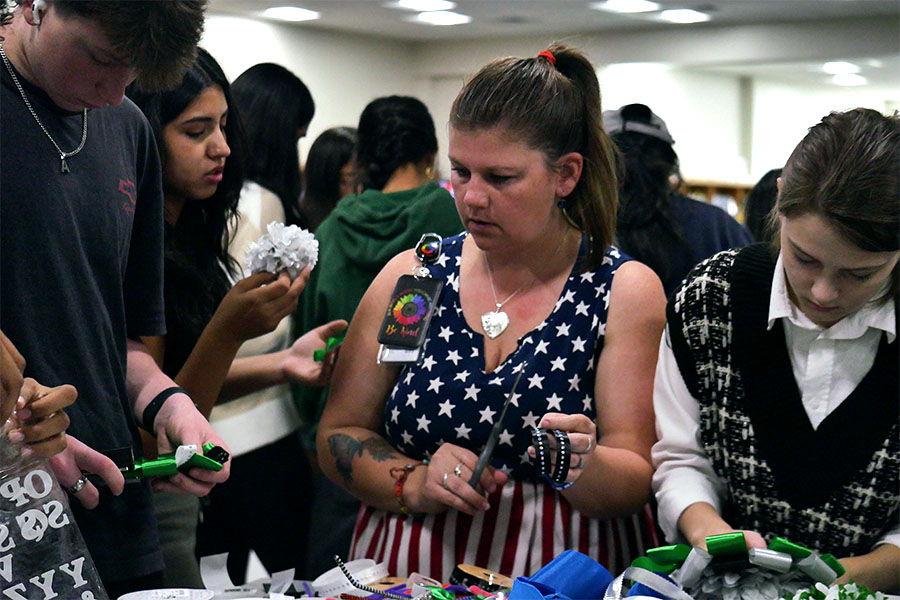
![Broadcast, yearbook and newspaper combined for 66 Interscholastic League Press Conference awards this year. Yearbook won 43, newspaper won 14 and broadcast took home nine. “I think [the ILPC awards] are a great way to give the kids some acknowledgement for all of their hard work,” newspaper and yearbook adviser Paige Hert said. “They typically spend the year covering everyone else’s big moments, so it’s really cool for them to be celebrated so many times and in so many different ways.”](https://cphswolfpack.com/wp-content/uploads/2025/05/edited-ILPC.jpg)


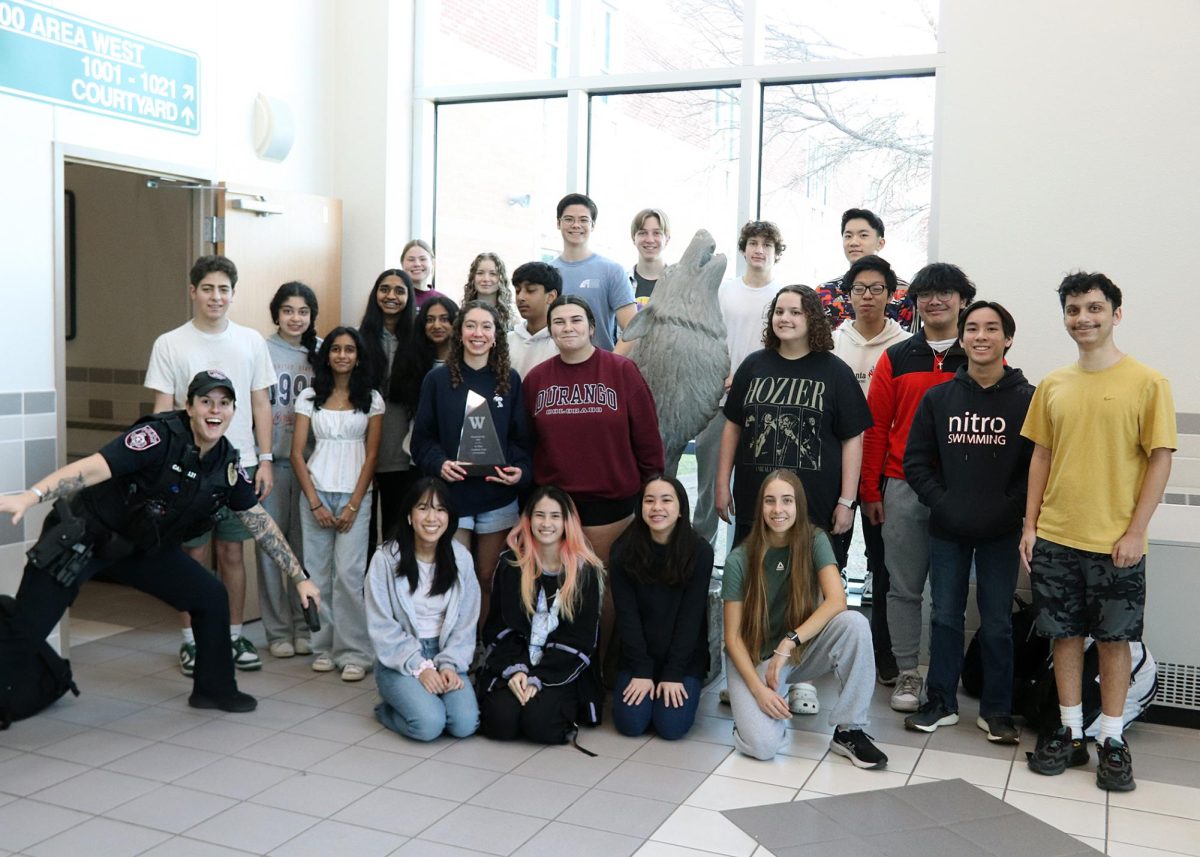

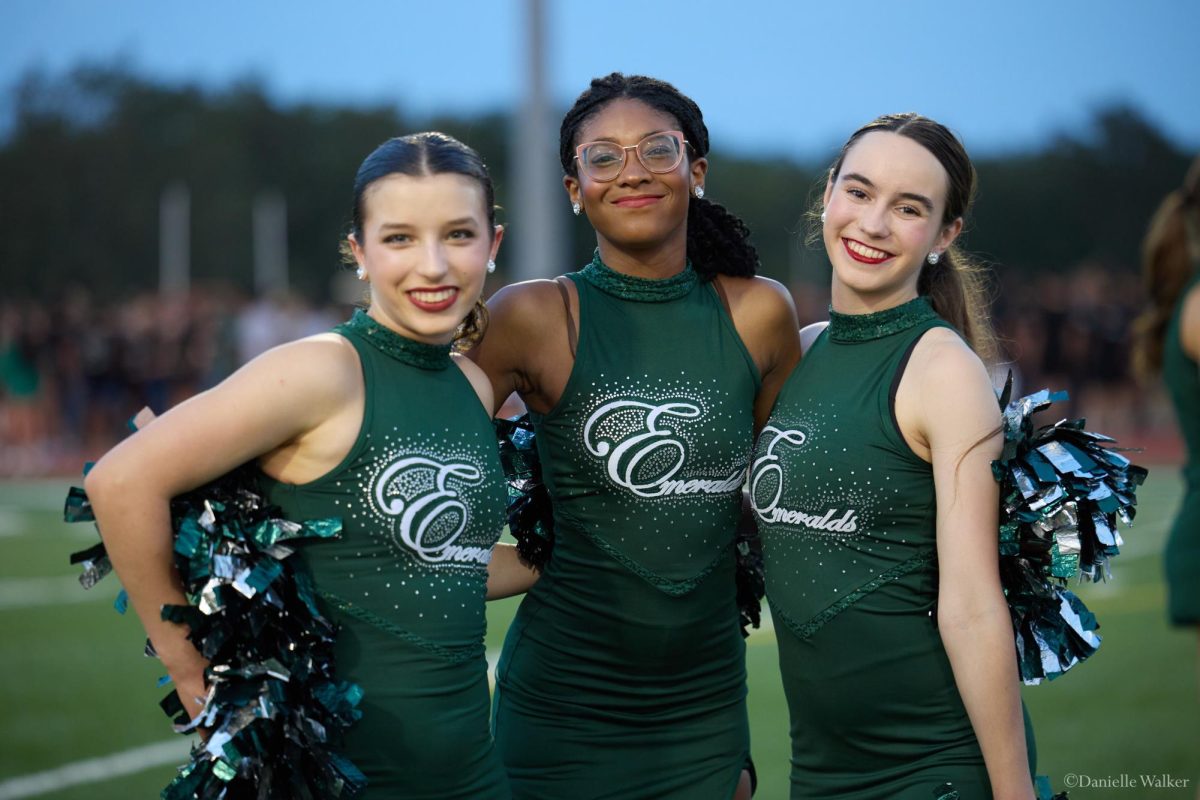
![Sitting with her friend senior Sohpia Struve at last year’s Austin City Limits Festival, senior Ava Zuniga poses for a picture under a pavilion. They are frequent attendees at ACL, an annual music festival at Zilker Park. “I would recommend seeing a bunch of people,” Zuniga said. “This past year, we camped out for Chappell [Roan] for a really long time. I think the whole point of ACL, [which] is a lot of fun, is that you can go see so many different people, even if you don’t know them. So by camping by one person, it really limits yourself from being able to go see a bunch of people.” Photo courtesy of Ava Zuniga](https://cphswolfpack.com/wp-content/uploads/2025/10/EE9E9484-FE6F-4AA0-B5F5-0C177AB32841-1200x857.jpeg)
![Looking down at his racket, junior Hasun Nguyen hits the green tennis ball. Hasun has played tennis since he was 9 years old, and he is on the varsity team. "I feel like it’s not really appreciated in America as much, but [tennis] is a really competitive and mentally challenging sport,” Nguyen said. “I’m really level-headed and can keep my cool during a match, and that helps me play a bit better under pressure.” Photo by Kyra Cox](https://cphswolfpack.com/wp-content/uploads/2025/09/hasun.jpg)

![Bringing her arm over her head and taking a quick breath, junior Lauren Lucas swims the final laps of the 500 freestyle at the regionals swimming competition on date. Lucas broke the school’s 18-year-old record for the 500 freestyle at regionals and again at state with a time of 4:58.63. “I’d had my eye on that 500 record since my freshman year, so I was really excited to see if I could get it at regionals or districts,” Lucas said. “ State is always a really fun experience and medaling for the first time was really great. It was a very very tight race, [so] I was a bit surprised [that I medaled]. [There were] a lot of fast girls at the meet in general, [and] it was like a dogfight back and forth, back and forth.” Photo by Kaydence Wilkinson](https://cphswolfpack.com/wp-content/uploads/2025/03/Kaydence-2.7-23-edit-2.jpg)
![As the support team sits and poses for a photo in the cafeteria with the counseling team they eagerly wait to start their day. "We [all] seem to be a team, I get up every day and there's days where I don't want to go to work today, but I'm thankful that I have a job and I'm blessed to have what I have," Christopherson said. Photo Courtesy of Julie Weltens.](https://cphswolfpack.com/wp-content/uploads/2025/01/AF9E8470-10D7-4C91-BF28-EC8F86BAB66C-1200x852.jpeg)
![Jumping off the ground, senior linebacker Bennett Patton snatches the ball out of the air for an interception at Thursday’s game against Chaparral. Patton had two interceptions in the 56-14 victory, tying the school record for interceptions in a game. “I was just playing the game,” Patton said. “[I’m] going to go into next week, forget about it and stay humble.” Photo by Harper Chapman](https://cphswolfpack.com/wp-content/uploads/2025/09/bennett-interception.jpg)








